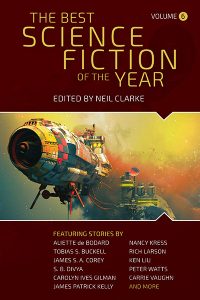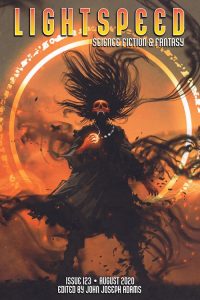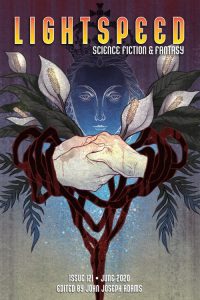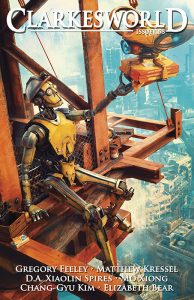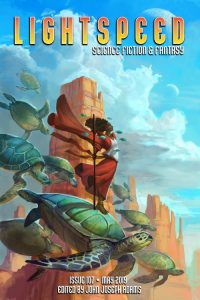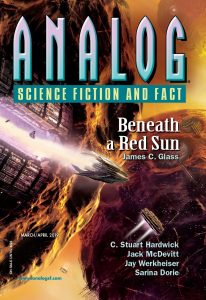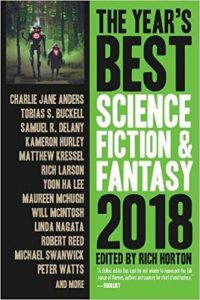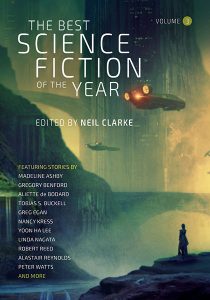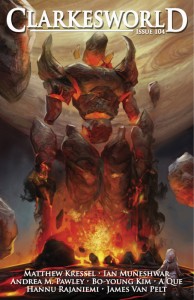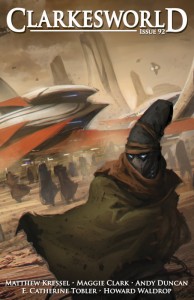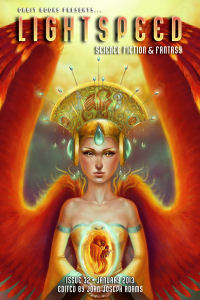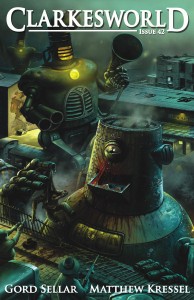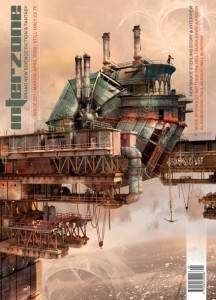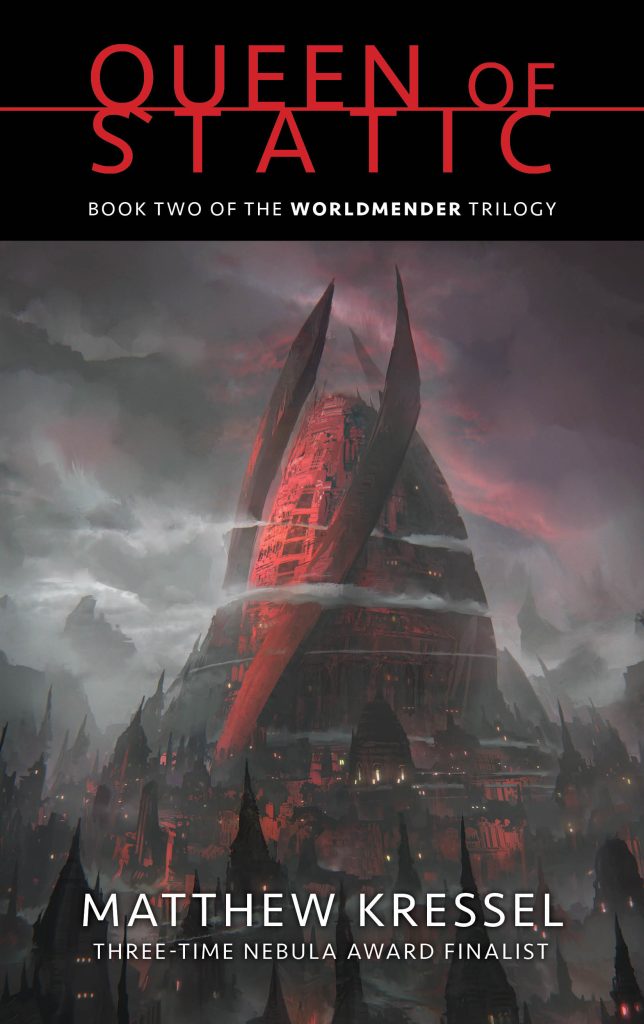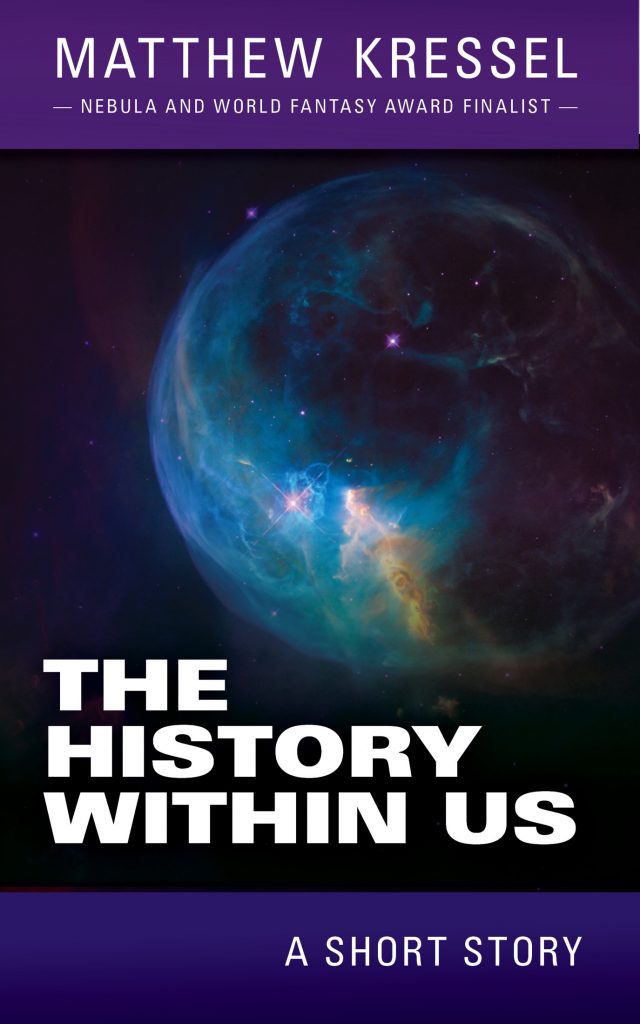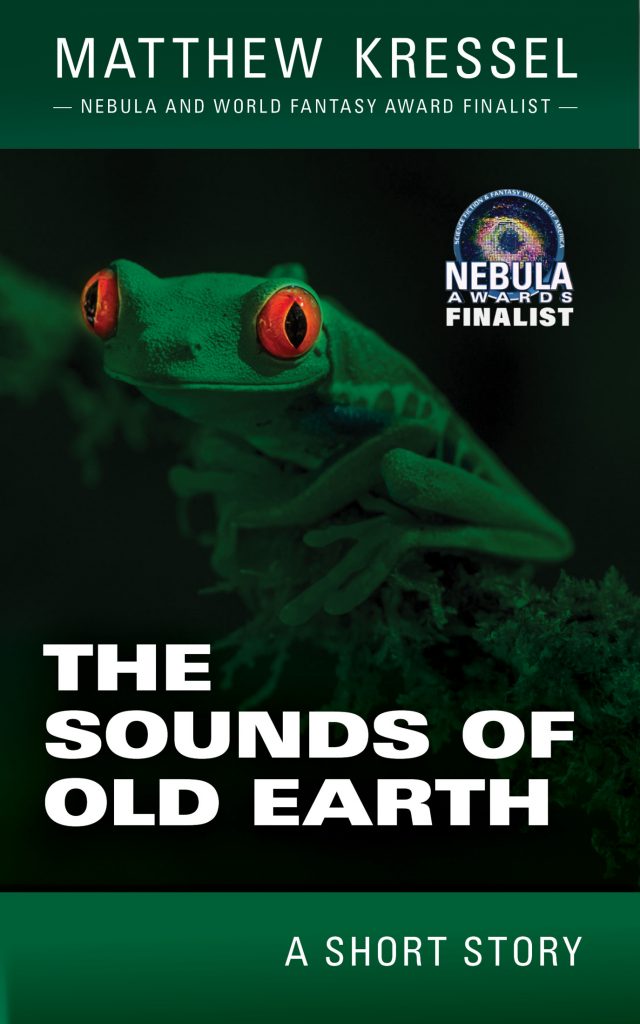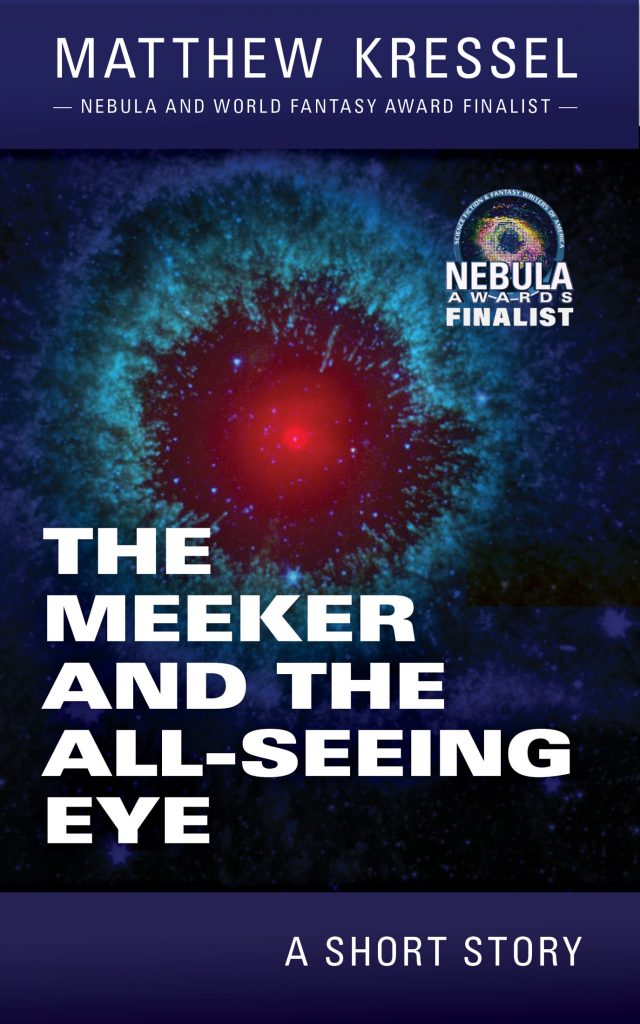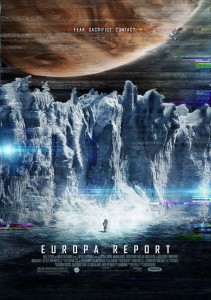 Last night I went to to see the NY premiere of Europa Report at the Museum of Natural History’s Hayden Planetarium. Directed by Sebastián Cordero and written by Philip Gelatt, Europa Report is about a group of astronauts who venture out in a cramped spacecraft toward Jupiter’s moon Europa after NASA detects heat signatures on Europa’s surface that might be signs of life. After a solar storm knocks out their communications with Earth, the crew must venture on to Europa alone. And what they find there may have profound repercussions for all humanity.
Last night I went to to see the NY premiere of Europa Report at the Museum of Natural History’s Hayden Planetarium. Directed by Sebastián Cordero and written by Philip Gelatt, Europa Report is about a group of astronauts who venture out in a cramped spacecraft toward Jupiter’s moon Europa after NASA detects heat signatures on Europa’s surface that might be signs of life. After a solar storm knocks out their communications with Earth, the crew must venture on to Europa alone. And what they find there may have profound repercussions for all humanity.
It’s a great film, and let me tell you why.
The scientists act like scientists, not bratty schoolchildren forced to share a long bus ride together (Sunshine, anyone?). As calamities inevitably happen, the crew reacts with human emotion, but never at the expense of who they are supposed to be: highly trained specialists who have prepared for this one task. Do you think an organization would spend billions of dollars to put men and women into space together for years if they didn’t evaluate them psychologically beforehand? In Europa Report, their mettle is tested, and though at times you think they might break, all of the crew remain who they are supposed to be: professionals.
The science is as close to real as you will get from a major film release. Sounds in space? Not here. In a Q&A after the film, Cordero said they thought long and hard about incorporating engine noises into the film and ultimately decided to mimic the sounds the internal ship mikes might hear. Artificial-gravity? Nope. In this film they use a spinning arm of the spacecraft to simulate gravity, and one crew member even demonstrates that ascending to the middle of the arm returns him to weightlessness. Throughout Europa Report you get the sense that the cast and crew tried very hard to make this film as scientifically authentic as possible. Screenwriter Philip Gelatt said he spent many hours reading books on space travel and Europa, then more hours with JPL and NASA scientists working out the details of the script. This is one reason why the spacecraft looks a lot like the interior of the ISS.
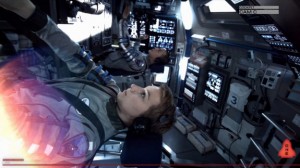 The director didn’t opt for grand special effects or lasers or explosions; the special effects are subtle but powerful. Yes, there is a lot of CGI here. But as I watched the film I never felt it was gratuitous. In fact, since this is a “found footage” film, and we are forced to see the world the crew inhabits through the ship and their helmet cameras, we never glimpse those grand, sprawling, utterly impossible scenic views that, for me, destroy the illusion (Lord of the Rings, anyone?). Showing the film from the human point of view makes things much more personal and real. I felt as if I were on Europa, or walking outside the spacecraft on the solar arrays, or decelerating beside mammoth Jupiter with them.
The director didn’t opt for grand special effects or lasers or explosions; the special effects are subtle but powerful. Yes, there is a lot of CGI here. But as I watched the film I never felt it was gratuitous. In fact, since this is a “found footage” film, and we are forced to see the world the crew inhabits through the ship and their helmet cameras, we never glimpse those grand, sprawling, utterly impossible scenic views that, for me, destroy the illusion (Lord of the Rings, anyone?). Showing the film from the human point of view makes things much more personal and real. I felt as if I were on Europa, or walking outside the spacecraft on the solar arrays, or decelerating beside mammoth Jupiter with them.
The story is compelling. Let’s be honest here. No one wants to sit through a movie of scientists sifting through volumes of data. So the director opted for a compelling narrative. Let’s just say they steal a few tricks from Jaws and H.P. Lovecraft (i.e. the greatest fear is fear of the unknown). But this narrative never detracted from the film’s realism. In fact, watching the scientists cope with these difficult circumstances only made me more interested in their goals. I mean, what are scientists more interested in than the unknown itself? We become these scientists ourselves — we become utterly curious and desperate to find out what exactly is going on — and ever eager to share that knowledge with the world.
Europa Report is opening in wide release soon. While this film may lack the explosions of Pacific Rim, or the kick-ass heroism of Man of Steel, it has the human element — men and women sacrificing themselves for a greater cause — in droves. Part Kubrick’s/Clarke’s 2001/2010, part top-secret NASA TV footage, part compelling action/drama, I can’t recommend this film highly enough.




